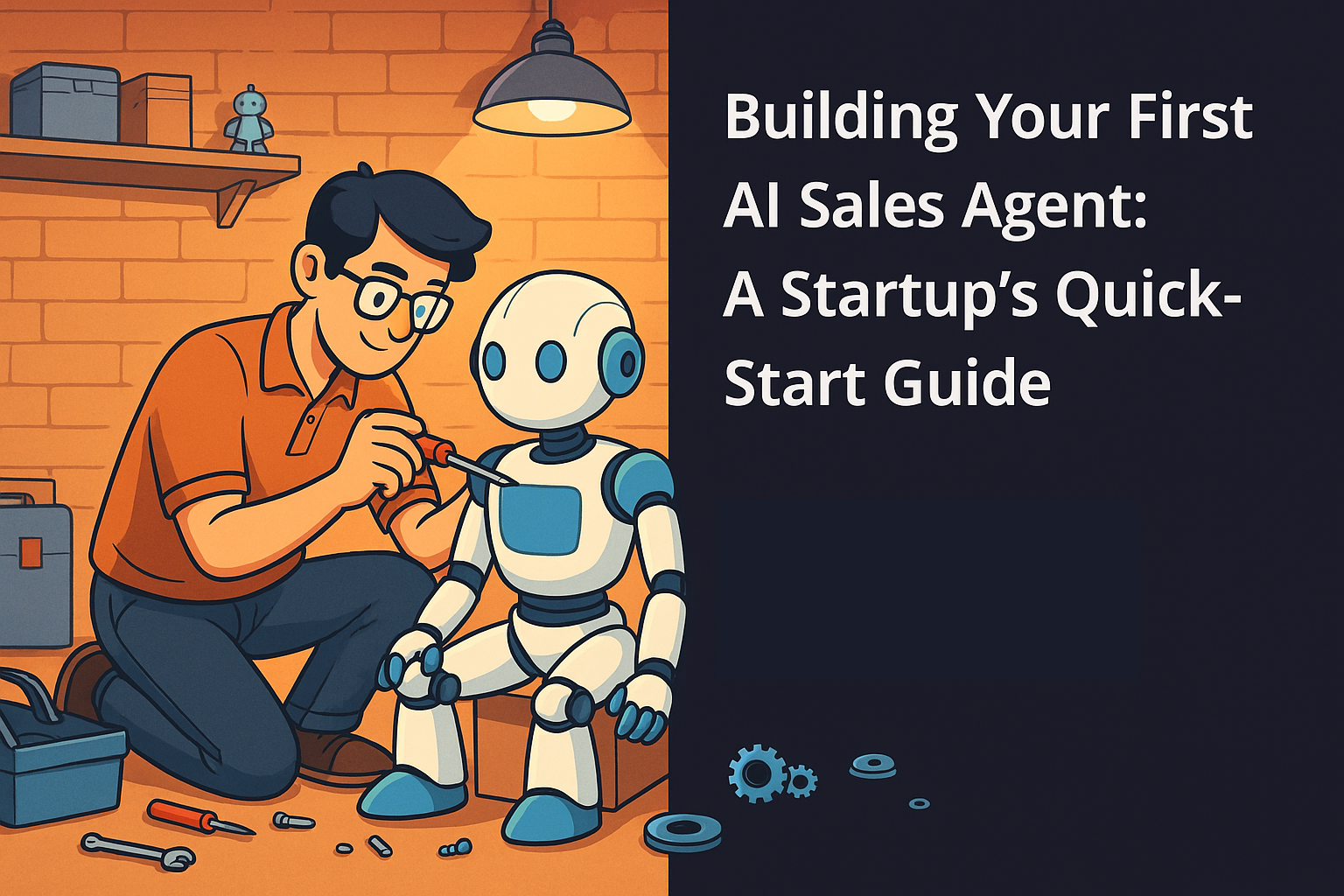Crafting Effective Emails When Met with Silence
In cold-outreach, the follow-up email is an important skill. Whether you're going after potential clients, networking with industry peers, or seeking feedback on a proposal, a well-crafted follow-up email can be the difference between progress and stagnation. However, mastering the balance between persistence and patience, especially in the face of silence, can prove to be a difficult task. In this extensive guide, we'll delve deep into the nuances of composing follow-up emails when met with no response, providing detailed strategies, practical tips, and expert insights to help you craft compelling messages that demand attention and prompt action.
Recognizing the Significance of Follow-Up Emails
Follow-up emails serve as invaluable tools for:
- Maintaining Visibility: Following up reinforces your presence and ensures that your message remains on the recipient's radar in the clutter of competing communications.
- Building Relationships: Consistent follow-up demonstrates commitment and professionalism, fostering trust and rapport with the recipient over time.
- Maximizing Opportunities: Following up on unanswered emails increases the likelihood of getting a response, thereby maximizing opportunities for collaboration, networking, or business development.
Crafting Compelling Follow-Up Emails: Strategies for Success
- Personalization is Paramount: Tailor your follow-up email to the specific recipient, referencing past interactions or shared interests to establish a genuine connection.
- Clarity and Brevity: Keep your message concise and focused, clearly articulating the purpose of your follow-up and the desired outcome.
- Value Proposition: Highlight the value or benefit to the recipient in responding to your email, whether it's an opportunity for collaboration, valuable insights, or mutual benefits.
- Professional Tone: Maintain a respectful and courteous tone throughout your email, demonstrating professionalism and consideration for the recipient's time.
- Engaging Subject Line: Capture the recipient's attention with a compelling subject line that conveys the urgency or importance of your message while avoiding clickbait or spammy language.
Timing is Everything: Strategic Approach to Follow-Up Timing
While there's no one-size-fits-all formula for the perfect timing of follow-up emails, consider the following guidelines:
- Exercise Patience: Allow sufficient time for the recipient to respond before sending a follow-up email. A waiting period of 3-5 business days is generally considered appropriate for most situations.
- Strategize Your Schedule: Plan your follow-up emails strategically, spacing them out at intervals to avoid appearing overly persistent or intrusive.
- Contextual Consideration: Take into account the nature of your initial email and the urgency of the matter when determining the timing of your follow-up.
Handling No Response: Strategies for Resilience and Persistence
- Strive for Persistence, Not Pestering: While it's important to follow up, avoid coming across as overly aggressive or desperate. Maintain a respectful tone and give the recipient space to respond.
- Explore Alternative Channels: If email is ineffective, consider reaching out through alternative channels such as LinkedIn, phone, or even a handwritten note for a more personal touch.
- Provide Value: Offer something of value to the recipient in your follow-up emails, whether it's relevant resources, industry insights, or an opportunity for collaboration.
- Know When to Pivot: Recognize when it's time to pivot and focus your efforts elsewhere. Not every opportunity will materialize, and it's important to conserve your energy for more promising prospects.
SEO Optimization: Maximizing Visibility and Reach
Incorporating SEO (Search Engine Optimization) principles into your follow-up emails can increase their visibility and reach, ensuring that they stand out in the sea of emails in the recipient's inbox. Consider the following optimization tips:
- Strategic Keyword Placement: Incorporate relevant keywords related to your message or industry into the subject line and body of your email to enhance searchability.
- Optimized Length: Keep your email concise and focused, optimizing for readability and engagement. Aim for a word count that strikes a balance between providing value and maintaining the recipient's attention.
- Strategic Link Building: Include relevant links to your website, blog, or social media profiles to drive traffic and engagement, thereby improving your email's SEO performance.
- Mobile Optimization: Ensure that your email is mobile-friendly, as a lot of email opens occur on mobile devices. Optimize formatting and design for seamless viewing across different screen sizes.
The follow-up email is a powerful tool, and can nurture connections and drive results. Understanding its significance and how to use it can help you grow you email game and create new opportunities for success. Remember, patience and persistence are keys to creating opportunities. With the right approach, every follow-up email can make a meaningful connection and propel you towards your goals.


.jpg)


.svg)